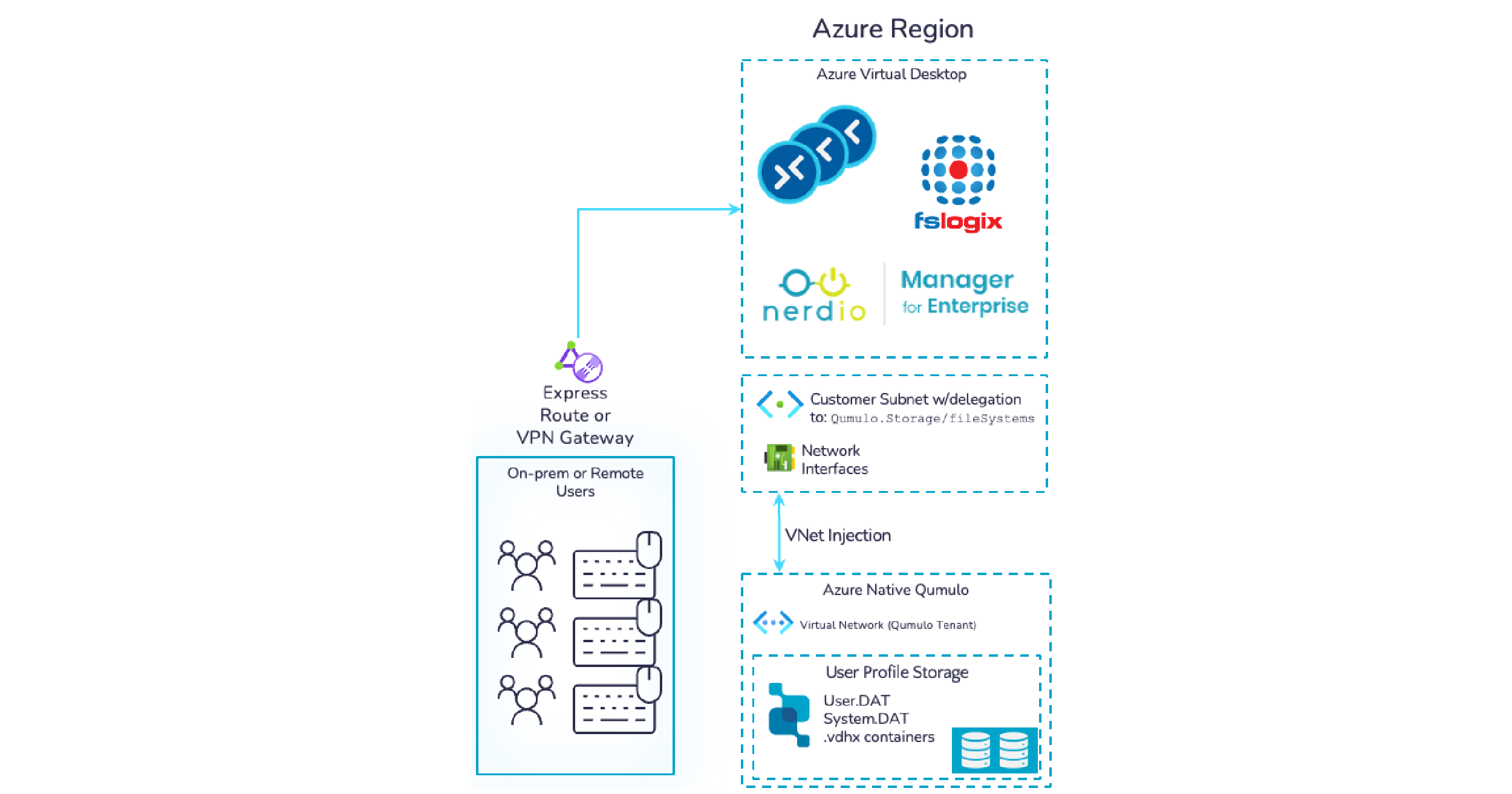Southern Arizona NPR and PBS affiliate turns to Qumulo to manage large scale video storage and disaster recovery
Recently Ben Gitenstein, Qumulo’s Vice President of Products, spoke with Jason Katterhenry, Director of IT Operations for Arizona Public Media, about his role with the Tucson, Arizona-based PBS and NPR affiliate. Katterhenry’s lean team of two oversees information technology for their three television stations, four radio stations, and an online news outlet.
Arizona Public Media started evaluating storage solutions four years ago when they faced cost, capacity and customer service issues with their previous technology vendors. Before switching to Qumulo, the organization relied on two separate shared file systems. One powered their operation infrastructure and the other connected them to their editing suites.
“It was hard to get information about what was going on when someone complained or there was an issue. The troubleshooting step was very difficult,” says Katterhenry. “The other issue we had was that we couldn’t easily add capacity or throughput. Both were costly to add, and it took a lot of downtime to restructure things properly.”
The previous system also couldn’t handle the workloads associated with regular crunch times, which caused needless frustration among the team and management, productivity issues, and delays.
“We have two TV shows we produce, and both of them have deliverables due on Fridays. Inevitably everyone would wait until the last minute, and I’d have four or five workstations trying to push out 4k video. The system would grind to a halt,” says Katterhenry. “I would have to ask someone to stop their exports so that we could do it in series, rather than parallel.”
Katterhenry knew there must be a better way and sought a new solution to help them scale, lower costs, and troubleshoot the mission-critical business issues.
How Qumulo helps reduce the workload
As Katterhenry evaluated Qumulo Core, he was initially drawn to its dashboard. The Qumulo dashboard provides an overview of important cluster analytics and data that enables users to easily see their storage usage information in one place. These details include the user’s cluster, capacity information, throughput activity, client connections, and more. The analytics provided are refreshed every five seconds, essentially in real-time,
Qumulo is designed to help customers do much more than store file data. Qumulo enables customers like Arizona Public Media to manage data and users in real-time. Administrators working with legacy storage appliances are often weighed down by “data blindness,” the inability to get an accurate picture of what’s happening in their file system. Qumulo is designed to provide exactly that kind of visibility, no matter how many files and directories are in a system. Customers get immediate insight into throughput trending and hotspots, and can set real-time capacity quotas, ultimately avoiding the time-consuming quota provisioning overhead of legacy storage. Information is accessible through a graphical user interface and a REST API allows users to access the information programmatically.
“It’s not a thing you think of as important when you’re looking at storage,” he says. “But the way it was able to show the capacity being used, or what the throughput was, jumped out. It seemed like it was going to be very easy for me to manage, which is important for me as I manage a team of just one other person.”
Katterhenry also liked the with a robust set of QumuloCore features that he didn’t previously have access to. The features available include audit logging, SSD caching, replication, and snapshots, for example.
“As a shop of two people I just don’t have the time or the manpower to build my own toolset,” he said. “Having a great toolset that came with the array has been one of Qumulo’s greatest features.”
Looking forward: keeping cloud and disaster recovery in mind
Like a lot of organizations, Arizona Public Media had to rethink how they worked in 2020 due to the COVID-19 pandemic. Around the same time, Qumulo approached Katterhenry about testing Qumulo Shift for AWS S3, a free cloud service offered as part of the Qumulo file system that enables users to take advantage of innovative AWS cloud applications and services with their file data. The Arizona Public Media team has mainly used it for disaster recovery and making media files available to staff working remotely.
“I was able to get started with some S3 buckets and start testing,” Katterhenry says. “I’m moving media up there to have a second place to store it as a new way of disaster recovery. It also allows us to share it with producers who might be working remotely. They currently wouldn’t edit this way, but using it as a media transfer mechanism is a great way for us to work.”
Ultimately, Qumulo has lessened the workload for Katterhenry and his small team.
“Since we started with Qumulo I have not had anyone complain to me that it’s not working, which is the best thing I could have possibly imagined,” said Katterhenry. “The issues that we do have are related to people complaining about their space quota, and I can dive right into the admin interface and solve them.”
Watch the full video of our conversation with Arizona Public Media on YouTube.


